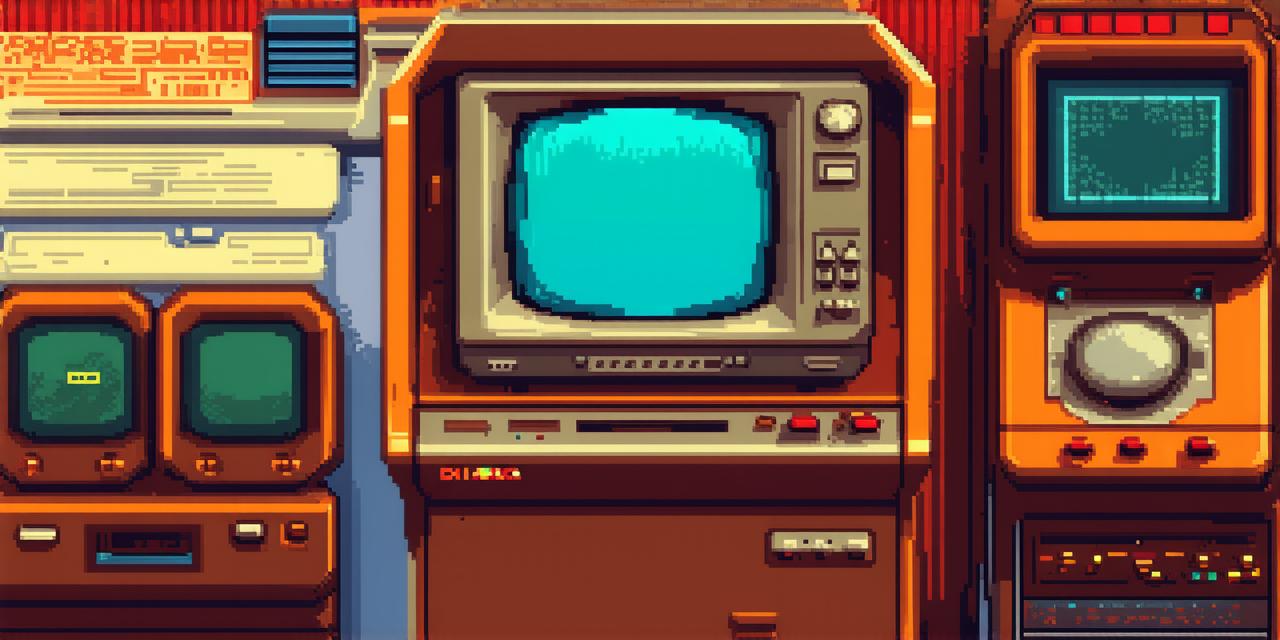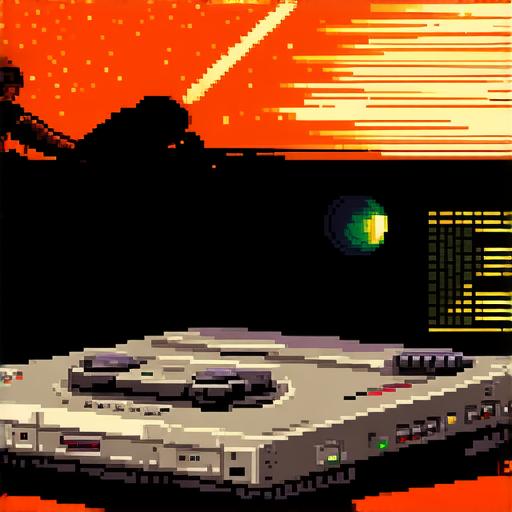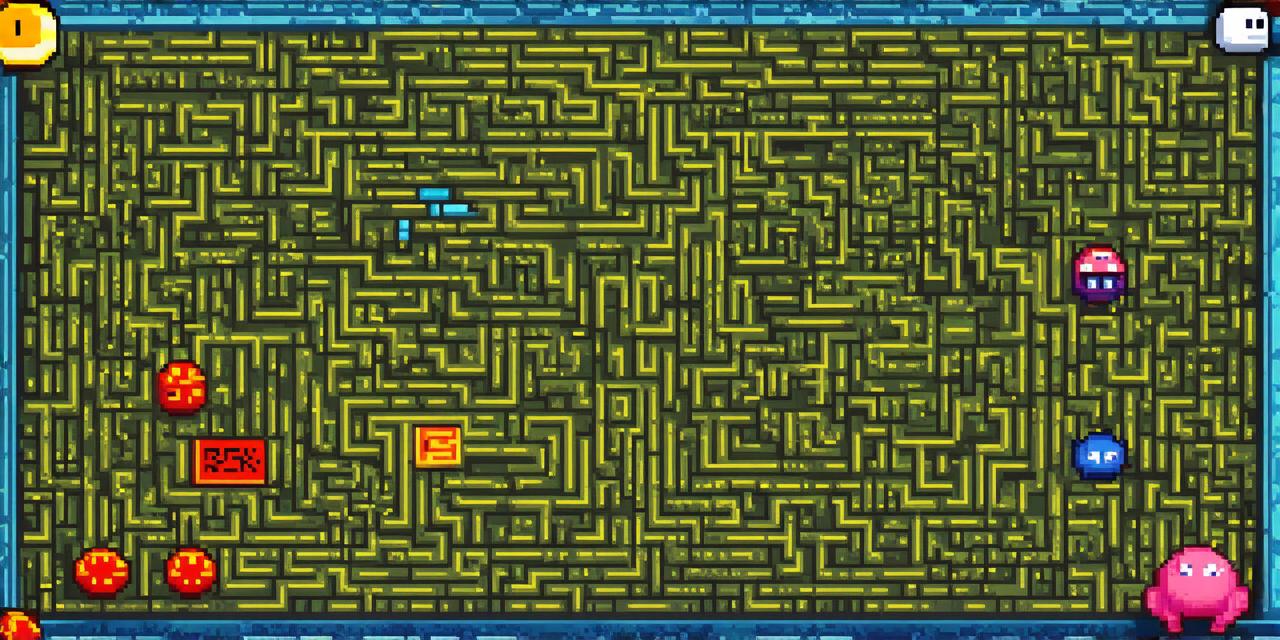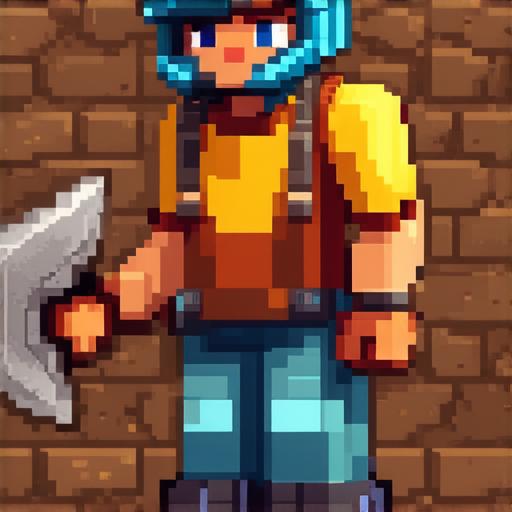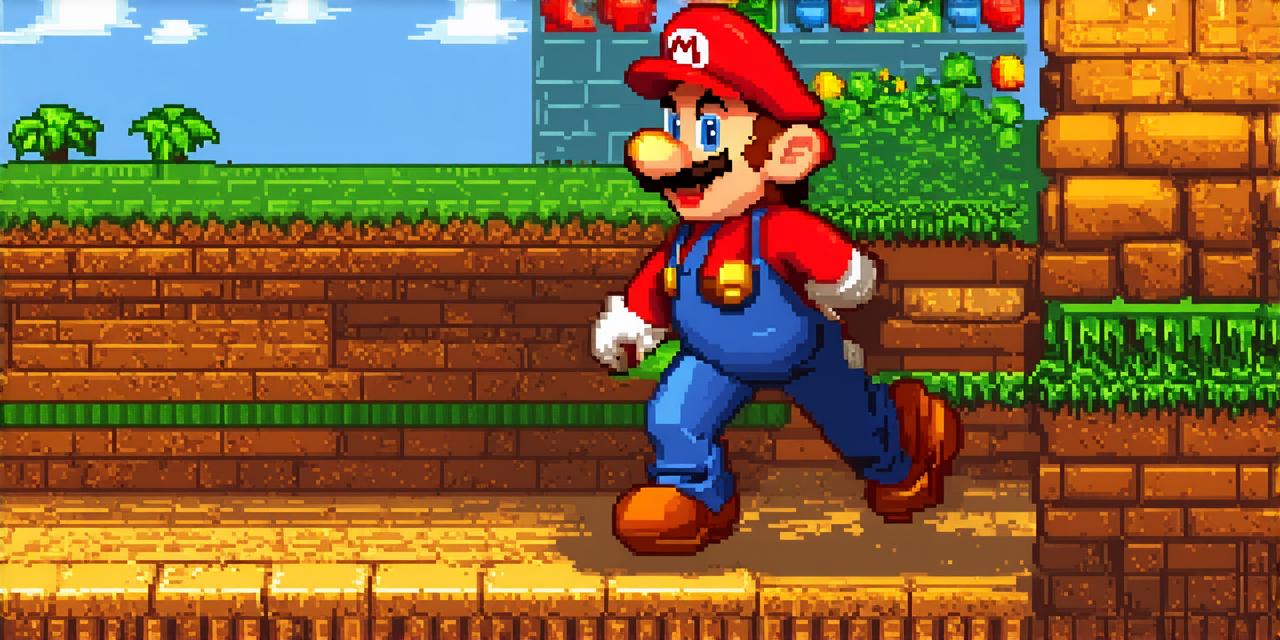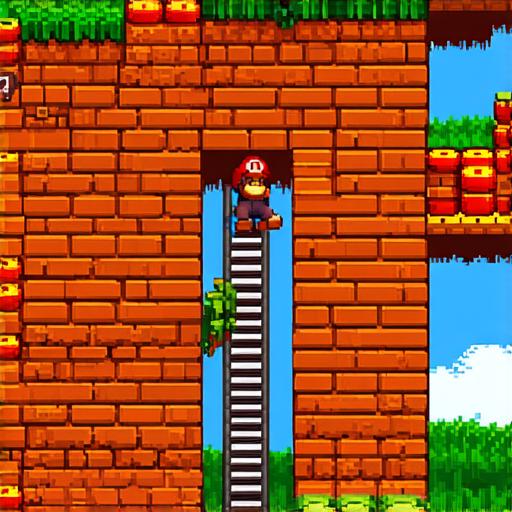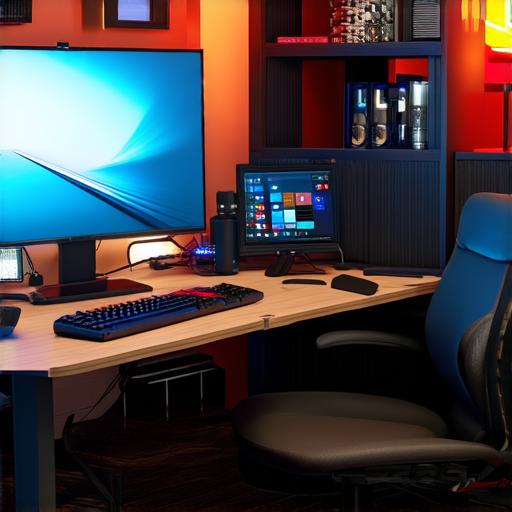How do video game developers make money
Introduction
Video games have come a long way since their inception, and they continue to evolve with each passing year. The gaming industry is now worth billions of dollars, and video game developers are among those who have profited greatly from this growth. But how do these individuals make money? This article will explore the various ways video game developers generate income, using real-life examples and expert opinions to provide a comprehensive understanding of the industry.

Selling Games
The most obvious way video game developers make money is by selling their games to players. These games can be sold physically in stores or digitally through online marketplaces like Steam. In recent years, digital distribution has become increasingly popular, as it allows for greater accessibility and lower production costs. For example, indie game developers can create and sell their games on platforms like Itch.io without having to worry about the expenses associated with physical production and distribution.
Subscription-Based Games
Another way video game developers make money is by offering subscription-based games. These games require players to pay a recurring fee in order to access content updates and new features. This model has been popularized by companies like Blizzard Entertainment, who offer games like World of Warcraft and Diablo III through their Battle.net service.
In-Game Advertising
In-game advertising is another way video game developers make money. Companies can pay to have ads displayed in the game itself, allowing them to reach a large and engaged audience. This model has become increasingly popular as games have become more immersive and interactive, providing players with a more personalized experience. For example, Coca-Cola famously advertised its products in the game Grand Theft Auto III by placing billboards throughout the virtual world.
Merchandise Sales
Video game developers can also make money through merchandise sales. This includes everything from t-shirts and hats to collectibles and figurines based on popular characters or games. These items are often sold both in-game and through online retailers, allowing developers to reach a wider audience and generate additional revenue.
Sponsorships
Sponsorships are another way video game developers make money. Companies can pay to sponsor events related to the game, such as tournaments or conventions, or to have their products featured in-game. This allows them to reach a highly engaged audience and increase brand awareness. For example, Red Bull sponsored the ESL Major League Championship in 2018, which was held in Berlin, Germany.
Freelance Work
Some video game developers make money through freelance work. These individuals offer their skills as programmers, artists, or designers to various clients on a project-by-project basis. This can include everything from creating custom assets for games to developing mobile apps based on popular franchises. Freelancers have the flexibility to choose projects that interest them and to set their own rates, allowing them to generate income on their own terms.
Case Studies
To better understand how video game developers make money, it is helpful to look at real-life examples of successful individuals or companies in the industry.
Minecraft: Markus Persson
Markus Persson, also known as Jeb, is the creator of Minecraft. The game was released in 2009 and has since become one of the most popular video games of all time, with over 100 million copies sold worldwide. Persson made his money through the sale of the game itself, as well as through merchandise sales and sponsorships.
Angry Birds: Rovio Entertainment
Rovio Entertainment is the Finnish company behind the popular mobile game Angry Birds. The game was released in 2009 and quickly gained popularity, eventually becoming one of the most successful video games of all time. Rovio made its money through the sale of the game itself, as well as through advertising and merchandise sales.
Expert Opinions
To gain further insight into how video game developers make money, we spoke with several experts in the industry.
“One of the most important ways that developers can make money is by creating high-quality content that keeps players engaged,” said Jane McGonigal, a game designer and author. “This can include everything from offering regular updates to creating compelling storylines and characters that players want to follow.”
“In addition to creating great games, developers should also be thinking about ways to monetize their products beyond the initial sale,” added David Hellyard, CEO of Revolver Games.
Conclusion
In conclusion, video game developers have a variety of ways to make money in the gaming industry. These can include selling games, offering subscription-based services, advertising in-game, selling merchandise, sponsorships, and freelance work. By understanding these various revenue streams, developers can create successful products that generate income both directly and indirectly. As the gaming industry continues to grow, it will be interesting to see how developers continue to innovate and monetize their games in new ways.



